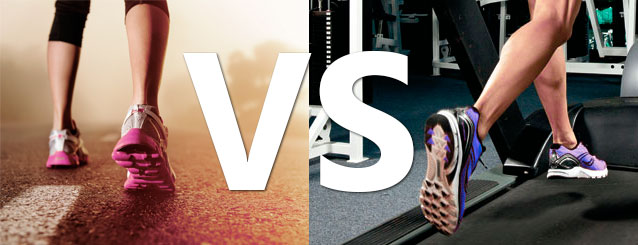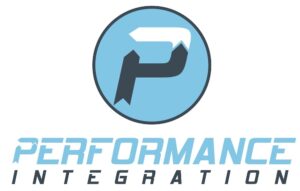Photo: nydnrehab.com
It is October and is getting cold in Chicago. A running season is getting close to the end in Chicago. Even though hard core runners may run outside even below -20F, many people run on a treadmill during winter.
When you start running on a treadmill, you may notice that it is easier than running on the real ground. Then, when you go back to running outside once spring comes, you may feel like “man, running seems much harder. Am I out of shape?!” The legs easily get tired and feel very heavy. What is going on the body?
When you running including walking, there are four phases in a gate, which are heel contact, mid stance, late stance and swing. In particular, muscular activities in the first half of the gait cycle, heel contact and mid stance, seem different between running on the real ground and a treadmill. Let’s take a look at major muscular activities in those two phases of running on the real ground.
When a heel hits the ground, the leg starts to glove the ground (heel contact). Hamstrings are engaged and control the pelvis not to excessively anterior tilt. And then, the body weight starts shifting to a stance leg (mid stance). In other words, center of gravity is shifted to the stance leg. At this moment, hamstrings and glut max (extension fibers) of the stance leg control the pelvis in sagittal plane. And ichiocondylar adductor magnus, internal oblique and transverse abdominal shift center of gravity to the stance leg in the frontal plane. And also, backward pelvic rotation in the transverse plane is taken place by ichiocondylar adductor magnus, glut medius (anterior part), medial hamstrings and internal obliques. These actions are actively occurred on the both sides of a body while you are running.
However, when you run on a treadmill, these actions are mostly given by a treadmill. When a heel hits the ground, the leg is passively pulled back by the belt. Adductors, gluteus and hamstrings are less engaged. In other words, these muscles are not fully used. Active hip flexion is continuously taken place, but hip extension is continuously passive when you run on a treadmill.
You have to have more muscular activities to move the body forward when you run on the real ground compared to running on a treadmill. Functional muscular activities are quite different. Therefore, running on the real ground makes you be more tired than its on a treadmill.
Please call Performance Integration now to 312.841.9445 to make an appointment or to ask questions about our services.
Check out website to know more about us! And, follow our Facebook and Twitter!
References
PRI integration for fitness and movement text book


